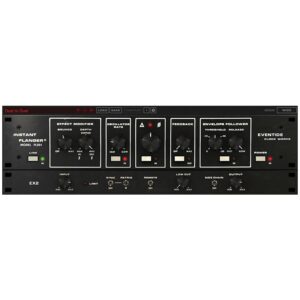

Les Paul was first to use his tape recorders to punch in, double track, Varispeed (change pitch) and reverse audio. Early adopters of tape machines, starting famously with Les Paul, began making dramatic use of pitch change to stand out. While pitch change is a natural consequence of recording audio, the use of pitch change as an effect wasn’t exploited until the introduction of magnetic tape. Tape-based Pitch Change: Les Paul, The Chipmunks & The Beatles In the 1890s, Emile Berliner invented the gramophone (phonograph), the vinyl disc was born, and pitch change became commonplace. One can imagine both the fun and consternation that resulted when hearing “Wow” and “Flutter” for the first time. In fact, the challenge became playing a recording at precisely the same rate that it was recorded to prevent pitch change. With the first audio recordings by Edison in 1877, a mechanically spinning wax cylinder, pitch change was inevitable. Recording Sound: Edison, Berliner, Et Al. The Doppler Effect explained the sound of train whistles speeding past-possibly the first time humans became aware of pitch change (although some lucky human might have noticed the interesting effect on the sound of an arrow whistling past their ear). Just three years later, Buys Ballot, a Dutchman, demonstrated the Doppler Effect on sound waves by having six tubas play the same sustained note while perched on the front of a speeding locomotive.


In 1842, Christian Doppler suggested that “the observed frequency of a wave depends on the relative speed of the source and the observer.” Doppler was thinking about star light, not sound, but a wave is a wave is a wave.


 0 kommentar(er)
0 kommentar(er)
